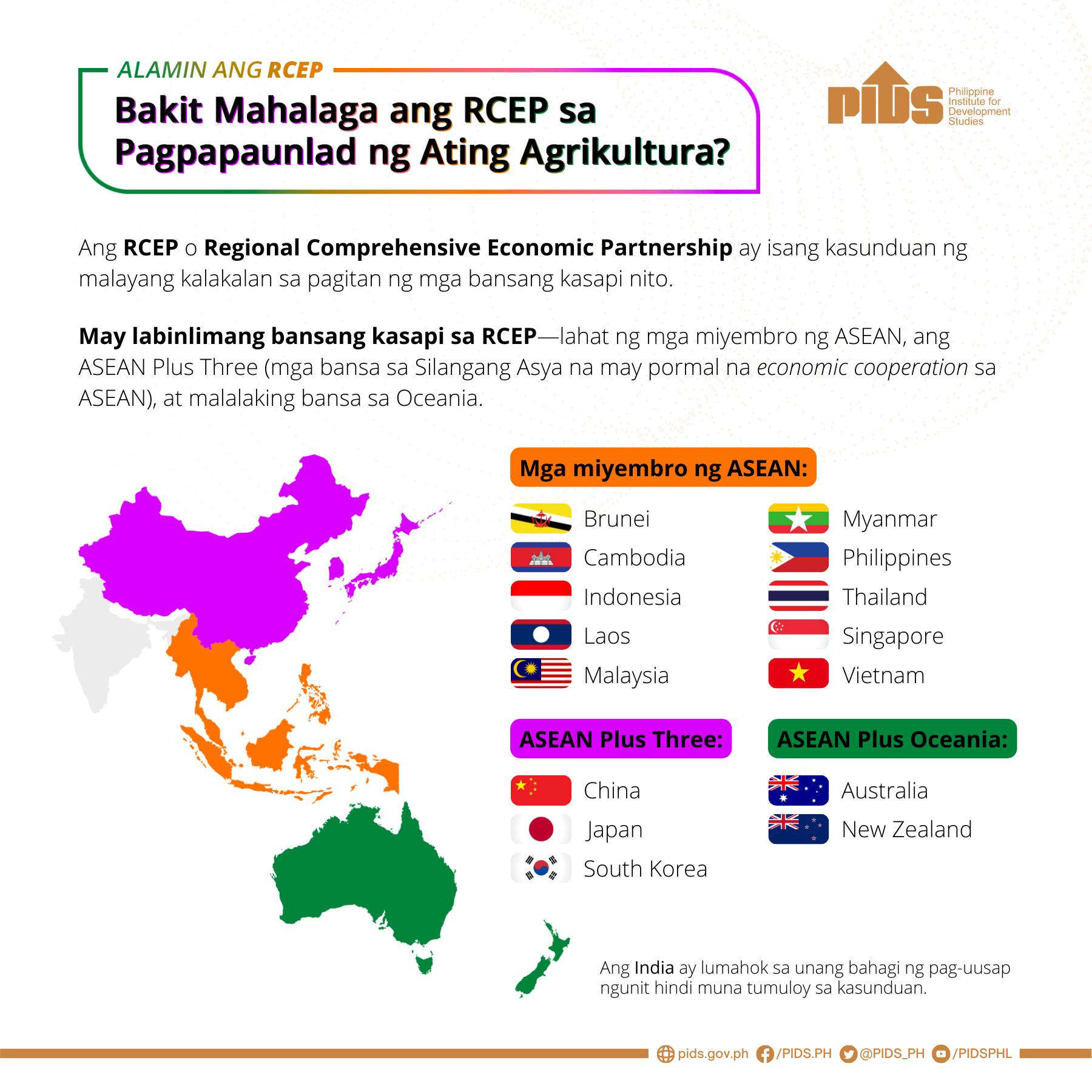With the Regional Comprehensive Economic Partnership (RCEP) Agreement set to enter into force on 1 January 2022, securing Senate concurrence to the ratification of the agreement becomes more urgent for the Philippines.
Many economists and international organizations have already expressed views on the value and importance of the RCEP Agreement to the Philippines and to the region.
According to one economist, Dr. Francis Quimba, of the Philippine Institute for Development Studies, non-participation to RCEP will cause the Philippines to miss out on this opportunity to facilitate the much-needed economic growth and recovery. He stressed that delayed or non-participation to RCEP would lead to a 0.26 percent decline in real gross domestic product of the Philippines.
“Economies that fail to ratify the agreement (when the rest of the countries do) will be adversely affected. The Philippines and Vietnam are among the countries that have positive export growths once the RCEP is in effect, and much of the growth is coming from new-product margin where innovations stem.”
Initial estimates by Quimba show that while East Asian countries stand to benefit the most in terms of increase in exports as RCEP will be the first FTA among the three, the Philippines and Viet Nam will gain the most in terms of real GDP due to lower trade costs and higher factory gate prices.
On the same vein, a study conducted by Dr. Caesar Cororaton, a Research Fellow at the Virginia Polytechnic Institute and State University and a Visiting Scholar at the De La Salle University, noted that the RCEP is estimated to improve the country’s trade balance by as much as $128.2 million, increase overall welfare by $541.2 million, contribute to a 1.93 percent real GDP growth, and lower poverty incidence by 3.62 percent in 2031.
In the study released by the Asian Development Bank, it recognized that RCEP has a strong potential to mold regional trade and investment patterns well into the future and to influence the direction of global economic cooperation at a challenging time. RCEP effects on the region’s trade will also significantly deepen regional production networks and raise productivity. At the sectoral level, exports and imports of nondurable and durable manufactures will experience the most growth.
Some stakeholders, however, pointed out that the study by the ADB indicate marginal gains for the Philippines, with the country only seeing an incremental increase in real income of $3 billion by 2030 (or 0.39 percent growth) compared to other RPCs such as China, Japan and Korea. On this point, Trade Secretary Ramon Lopez explained that it is understandable that east Asian countries see the largest increase in incomes as this will be the first time that these three countries will have an FTA among each other.
Prior to RCEP, there had been no FTA between China, Japan, and Korea which means there is no pre-existing preferential treatment on traded goods among them and MFN rates are applied. The same can also be said with trade in services and investment where these countries do not accord special treatment to services and investments coming from the other two countries,” Lopez said.
It must be stressed, however, that increase in income or percentage of growth rate must always be viewed in proper context taking into account the size of the economy, levels of development, and extent of economic activities.










